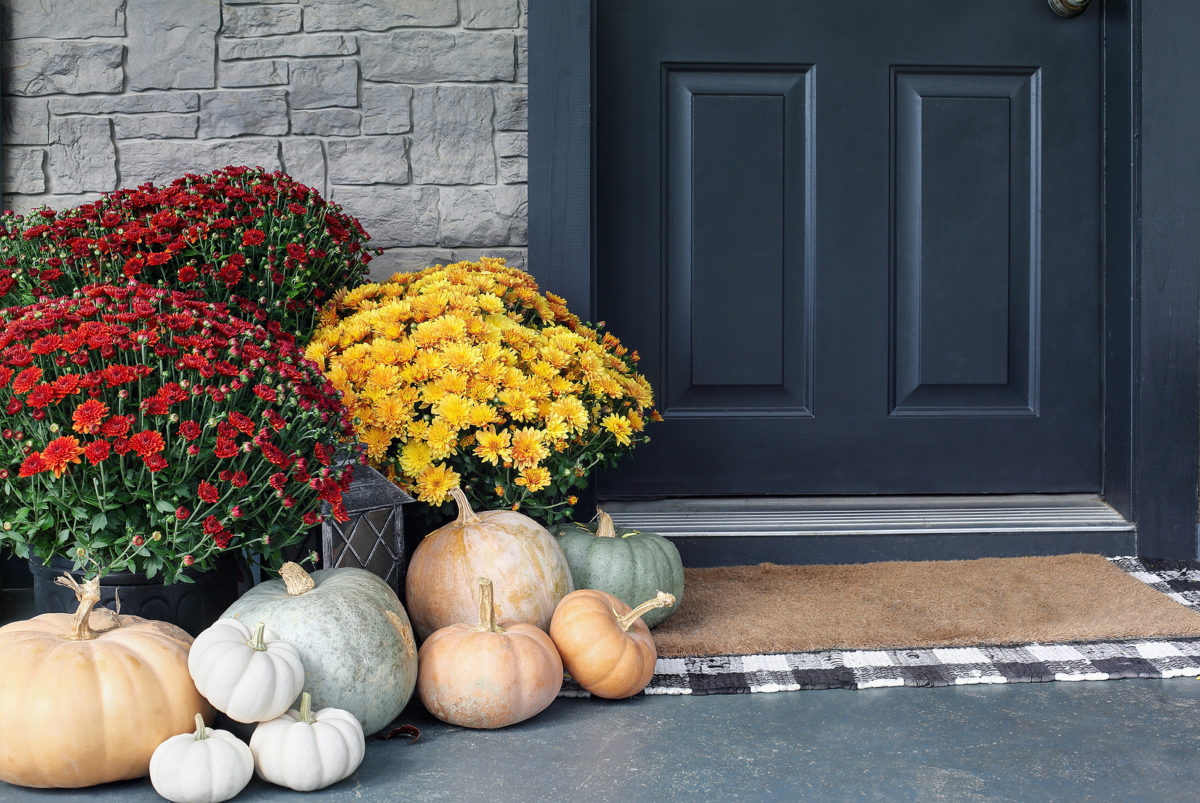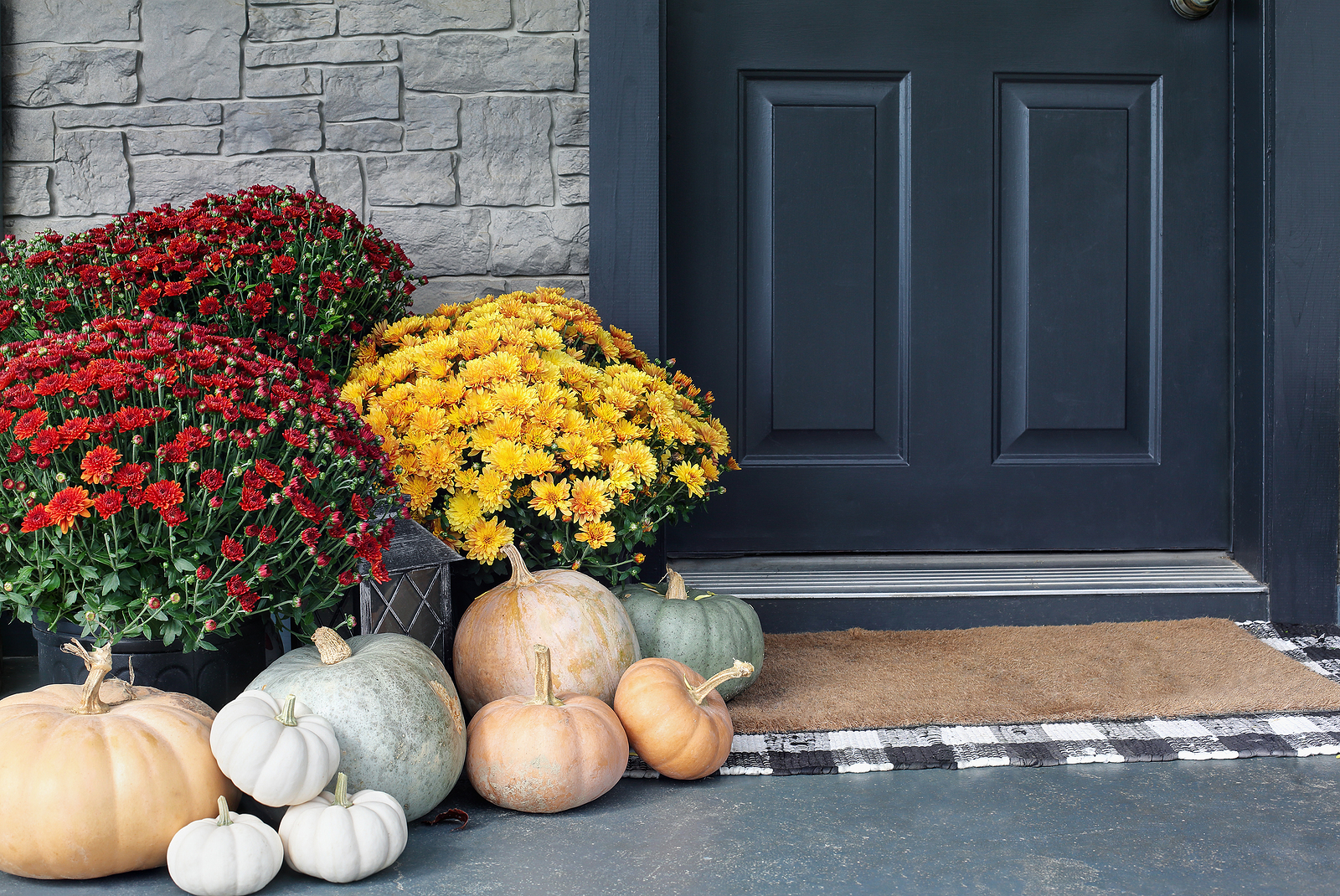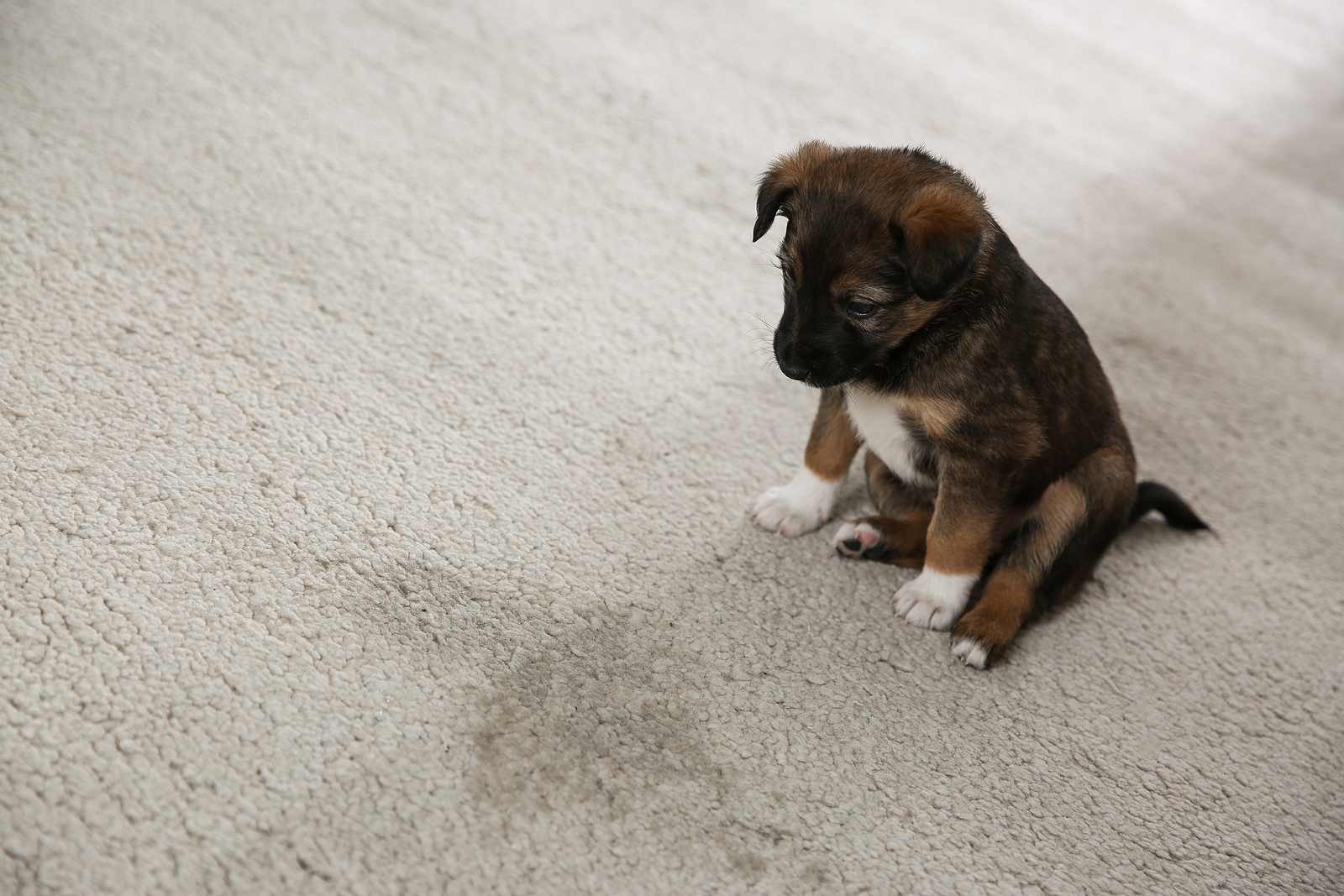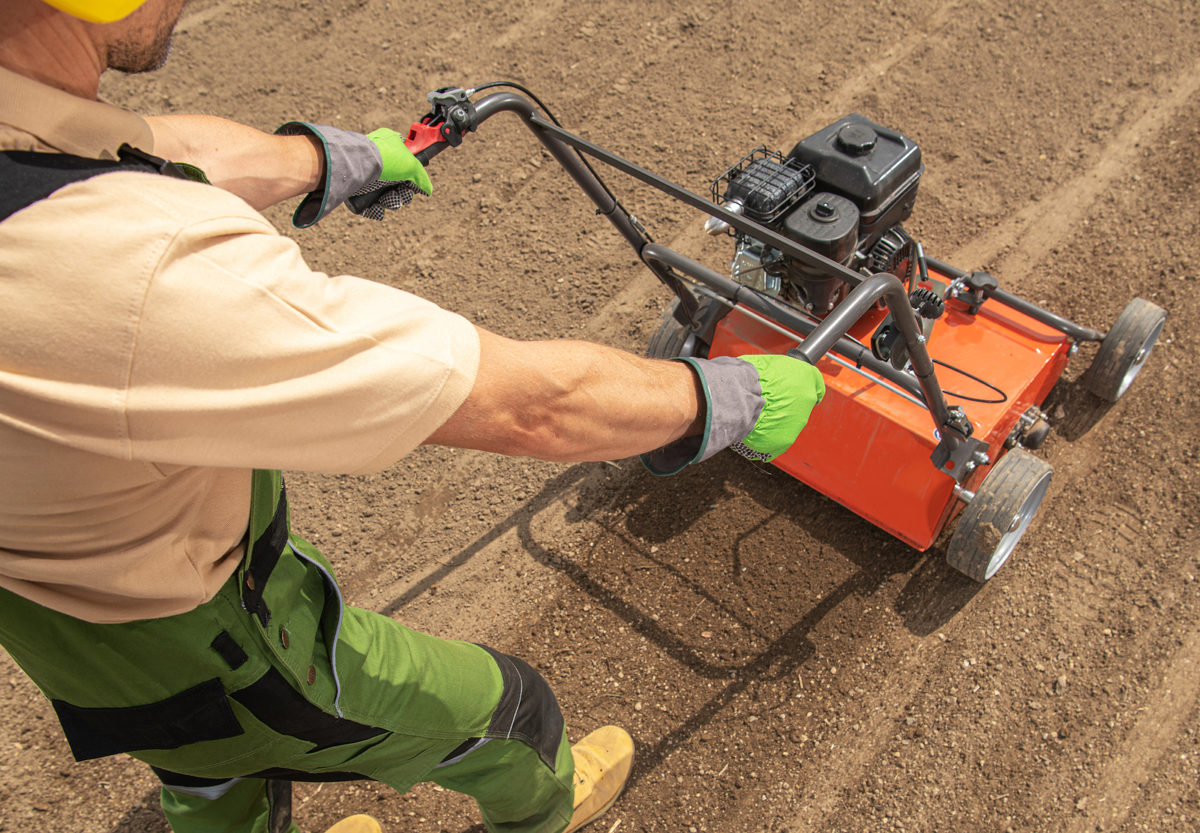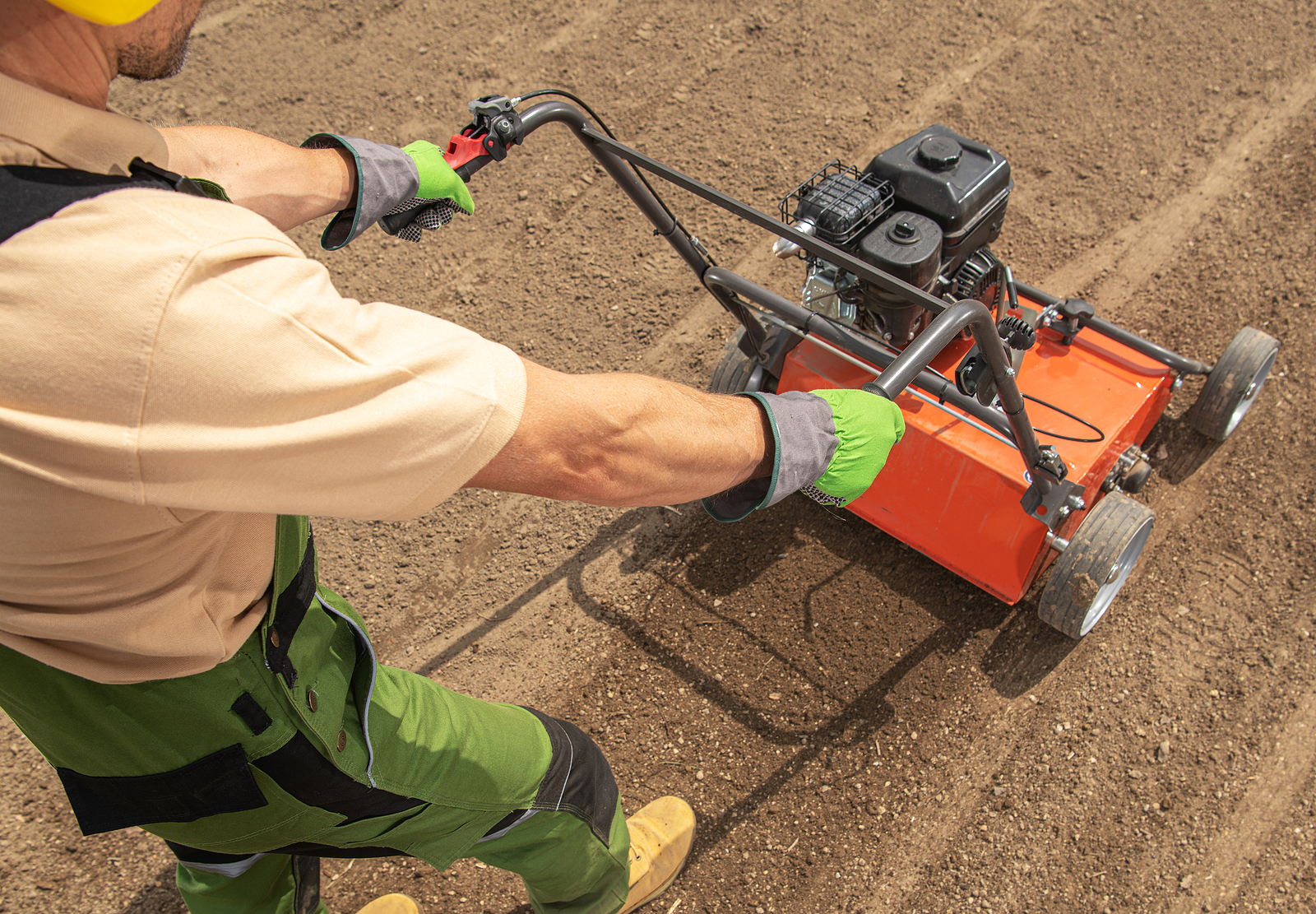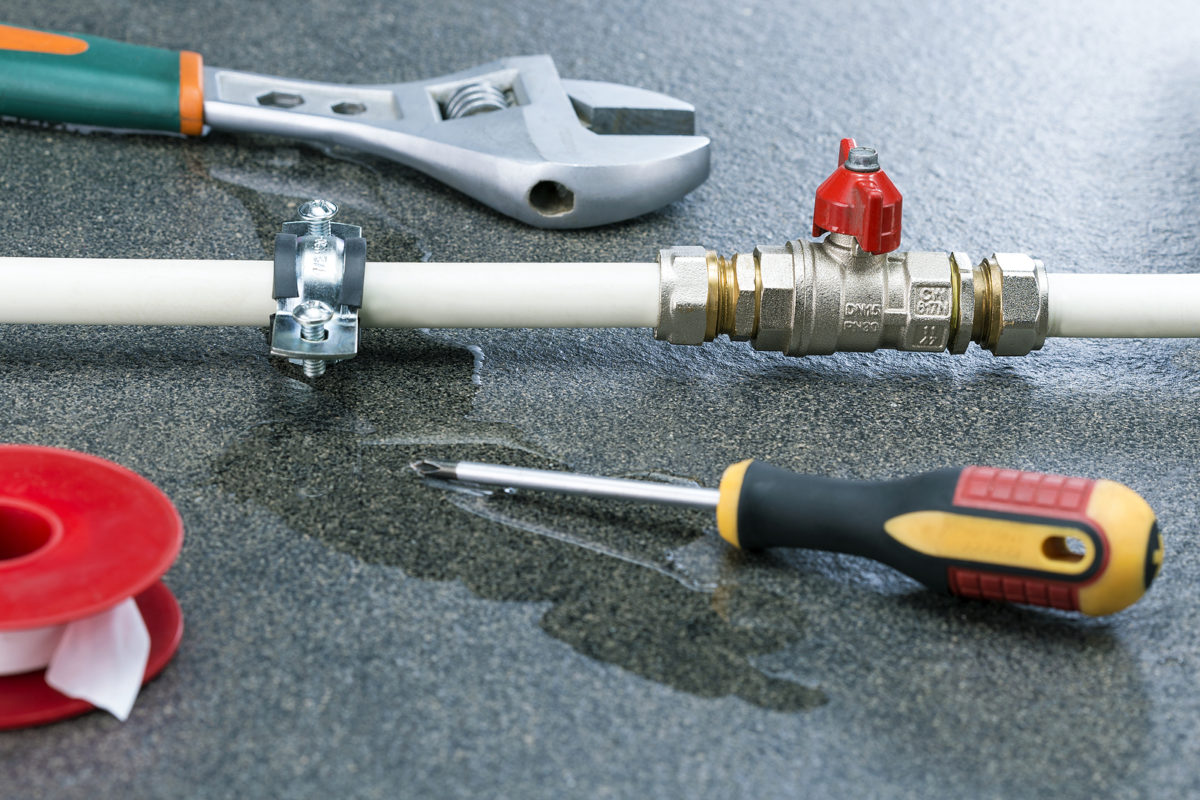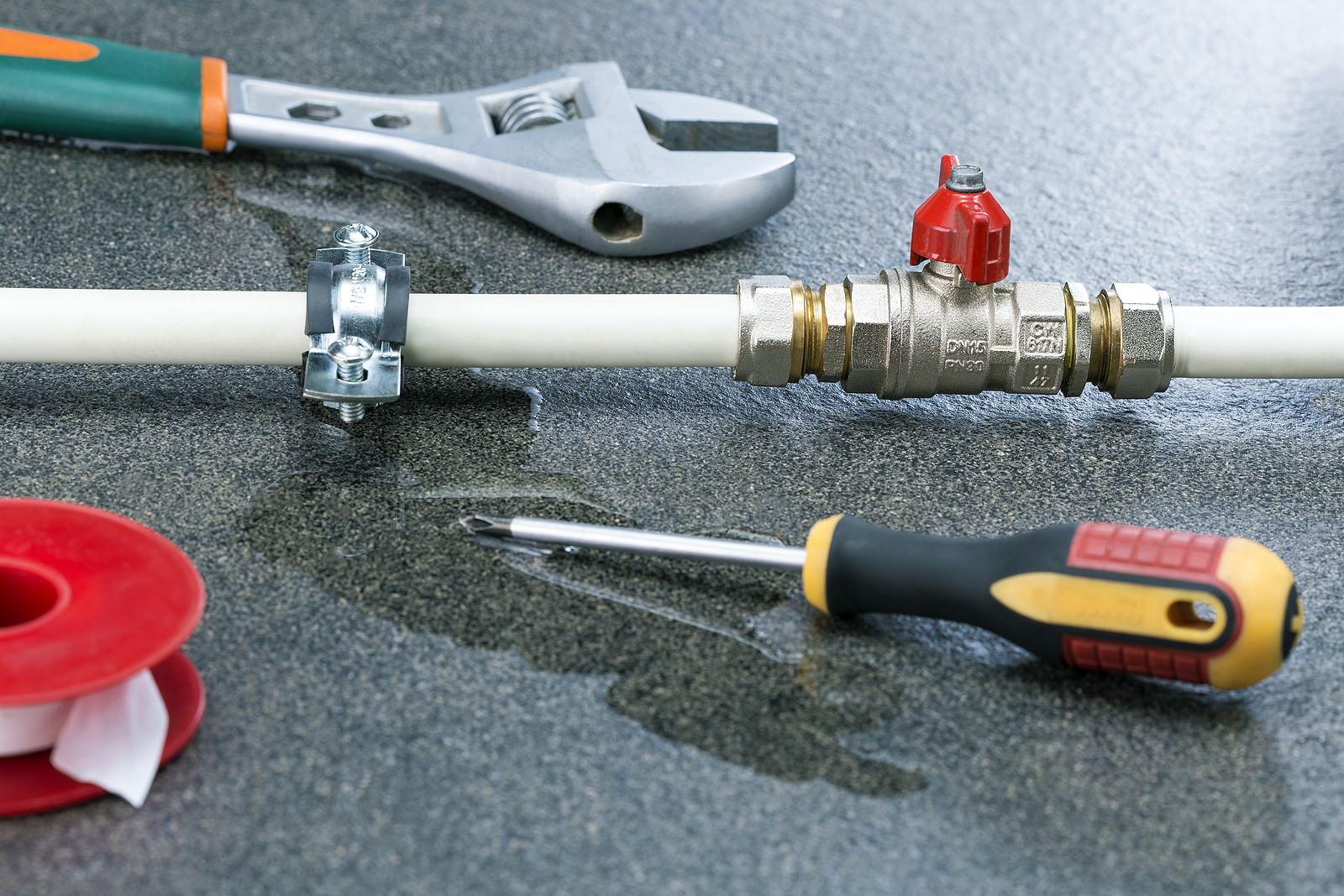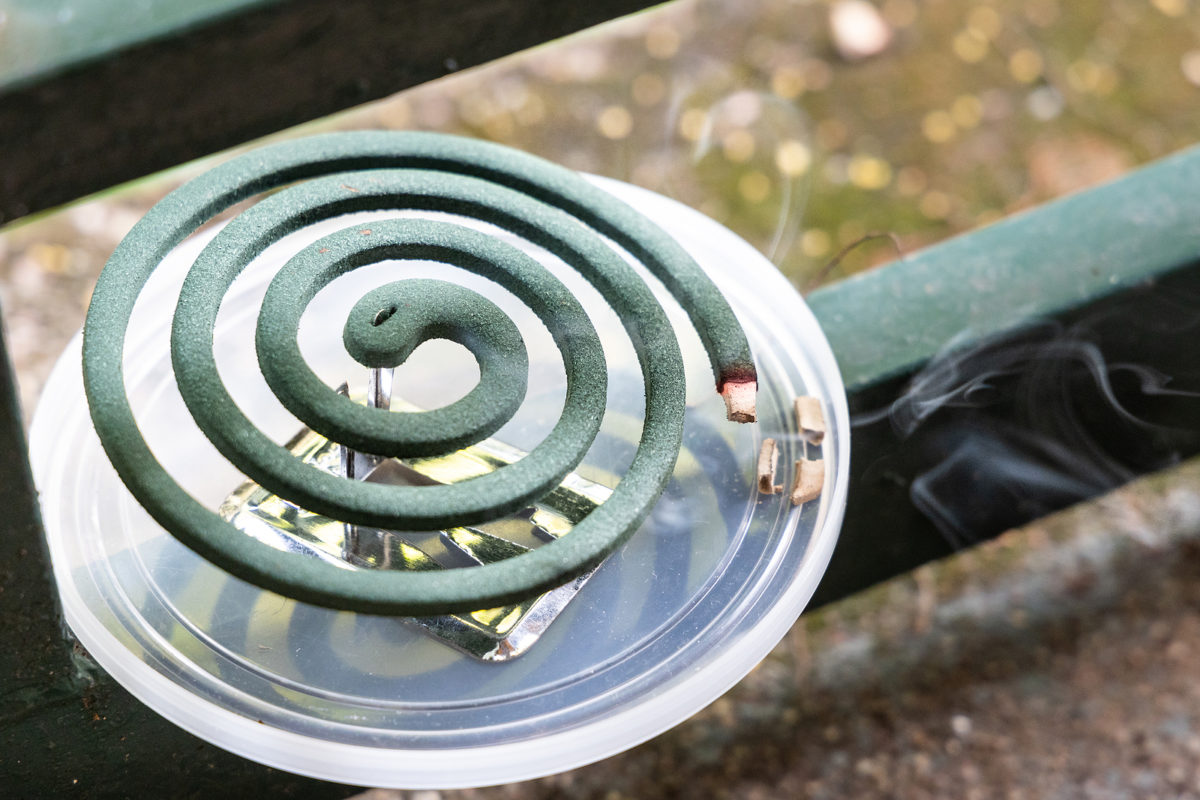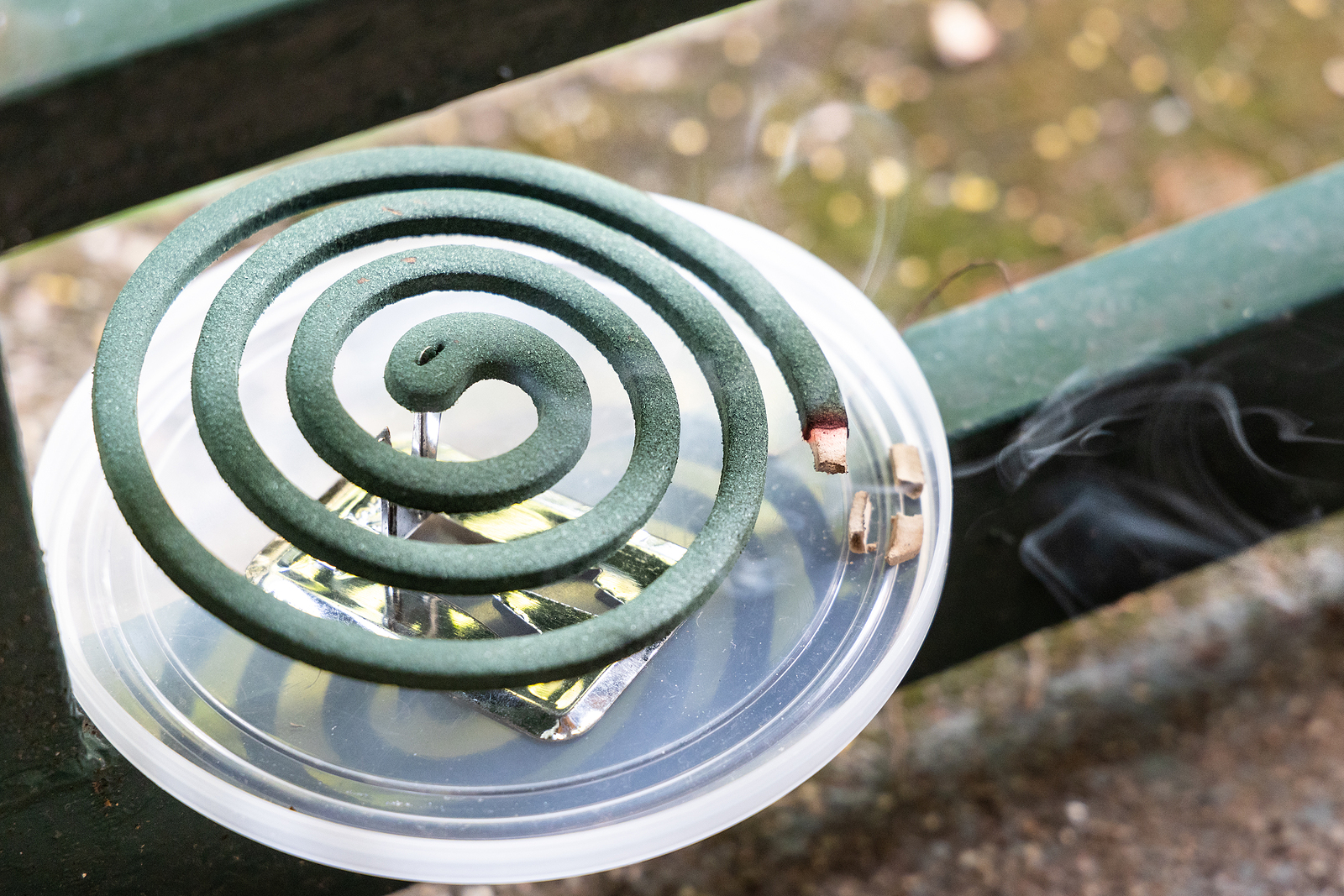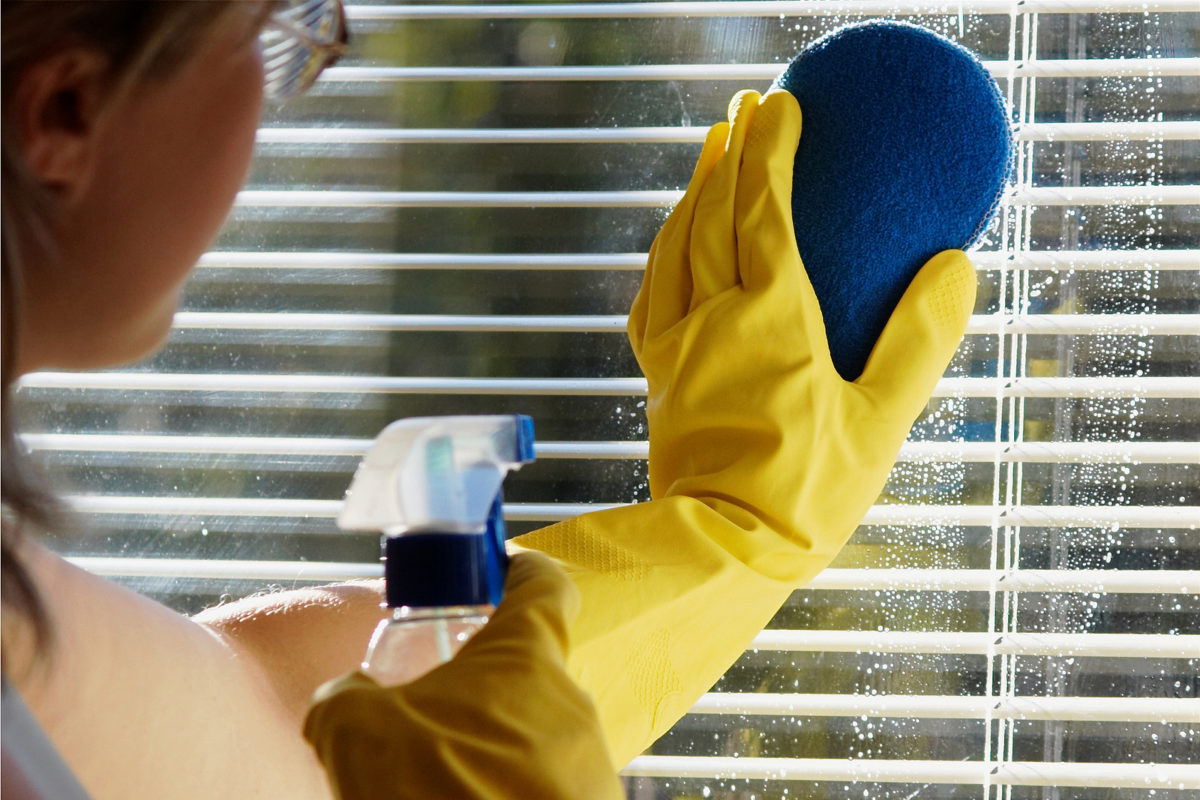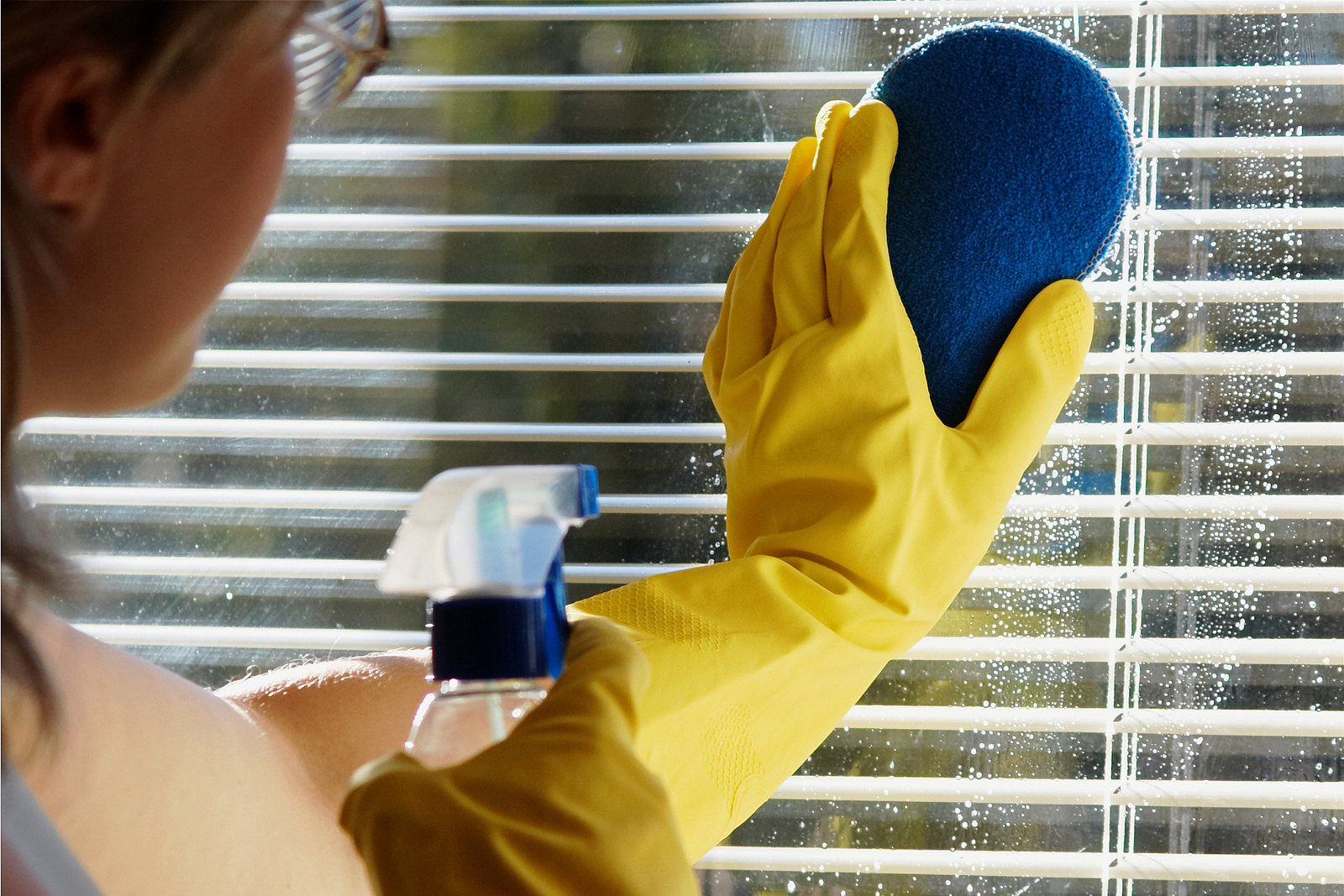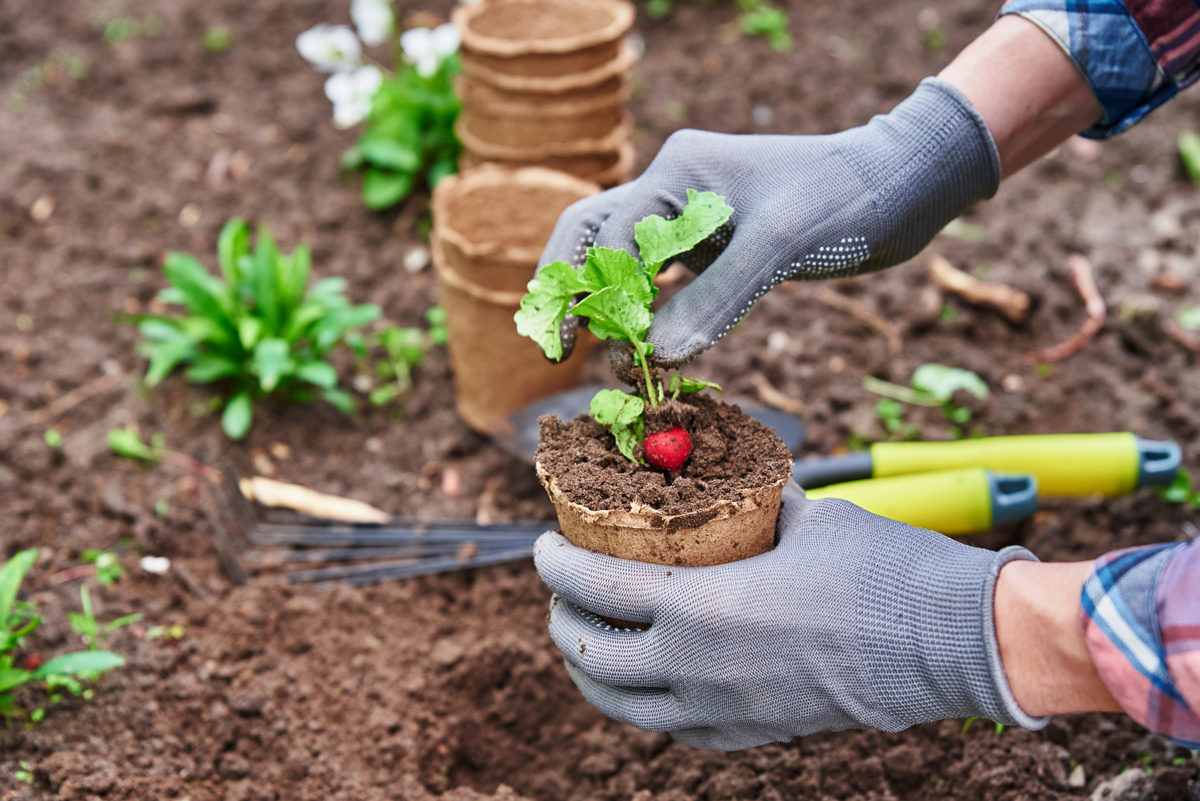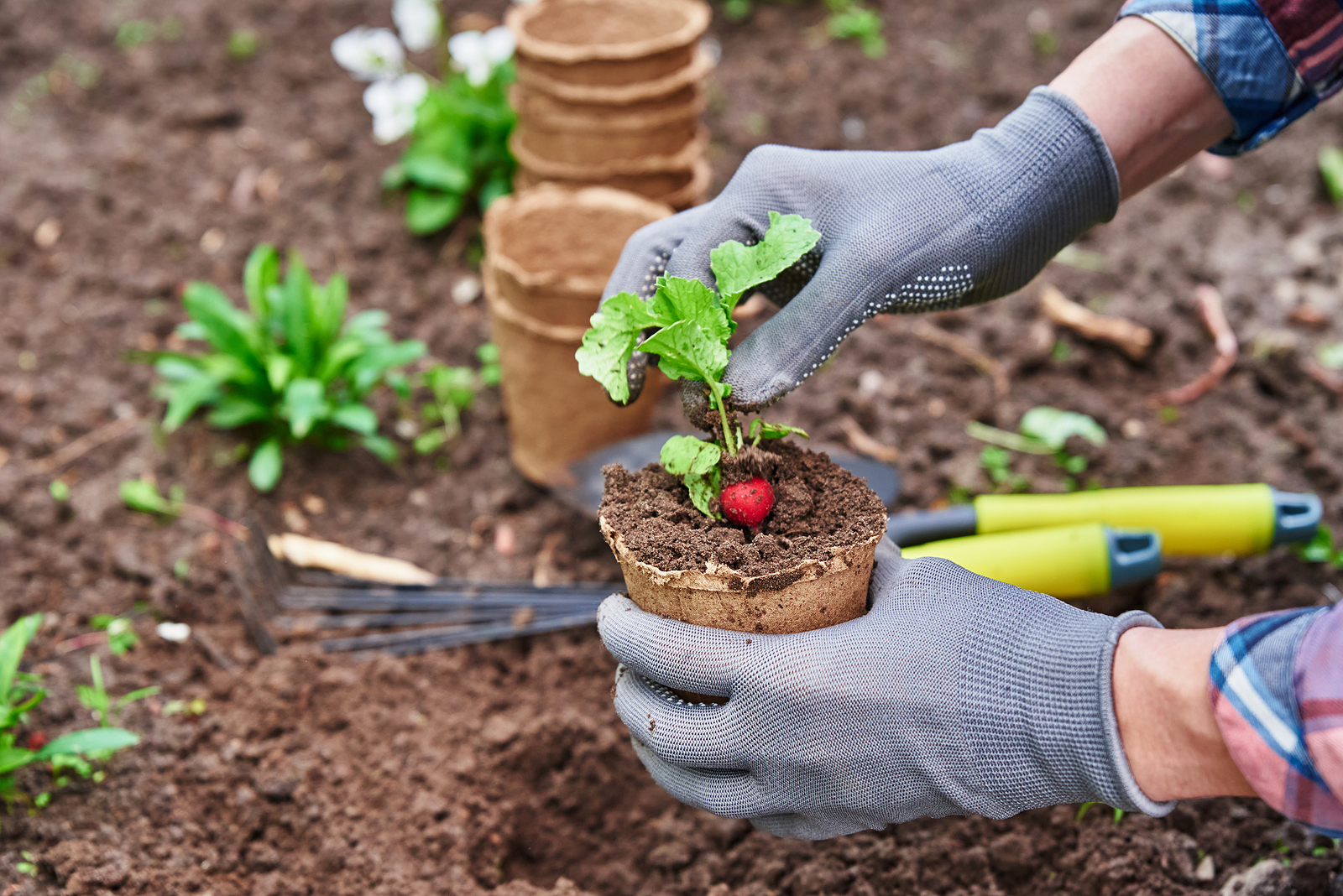Fall mums, also known as garden mums, used to be commonly known as chrysanthemums. They are available in many colors and sizes, are easy to grow in the garden bed as well as containers and they’re sure to add a jolt of color when everything else is dying back.
The best time to plant the fall mum is in late August to mid-September.
The fall mum is planted either in late August or early September. But you can still plant until “… six weeks before the first killing frost,” according to Leanne Potts at hgtv.com.
What you’ll need
- Shovel
- Compost
- Gardening fork
- 5-10-5 fertilizer
- Pruning shears
- Mulch
Prepare the planting bed
The ideal place to plant your fall mum is one that gets a full day of sunshine. The plant will produce more and better blooms the more sun it gets.
The fall mum has a very shallow root system so you won’t need to dig up the soil too much when preparing the bed. Dig down to a depth of 4 inches, turning the soil and crushing any large clods of dirt.
Remove any rocks or old roots or other debris that you find. Spread a 2-inch layer of compost over the planting bed and, with the gardening fork, mix it in well with the existing soil, and then level the bed so that there aren’t any depressions.
Plant the mums
The distance you place between plants is going to depend a lot upon the size of the mums you are planting. Generally, you will want to space them 18 inches apart.
Remove the plant from its current pot by tipping the pot over and gently coaxing it out. Squeezing the sides of plastic planting pots helps disengage roots that are stuck to the sides.
Once it’s out of the nursery pot, loosen the mum’s outer roots with your fingers.
Dig a hole twice the width and the same depth as the pot in which the mum was growing. Place the roots of the plant into the hole and backfill, patting the soil around the roots as you go. Firm the soil around the plant and then water deeply.
Care of the newly-planted mum
Regular, deep watering is vital for the success of your fall mum garden. Give them a good soak twice a week.
They won’t require any fertilizer their first season in the garden. Next season, plan on feeding monthly with a 5-10-5 fertilizer at the rate of 1 lb. per 100 square feet of garden space.
When your mum plants have reached 6-inches in height, cut an inch of new growth from every shoot. These cut shoots will produce more branches and, when those have grown 3 inches, cut them as well. Keep doing this until July. This will encourage the mum plant to be bushier and it will provide you with more flowers.
As winter approaches, keep the plants moist. There’s no need to cut them back, as you will do this in the spring. When the soil freezes, add a 4-inch layer of mulch around them.
In the spring, rake back the mulch and cut the mum plants back to the soil. As you did last season, start trimming the new growth when the plant is 6 inches tall.
Happy Fall!
